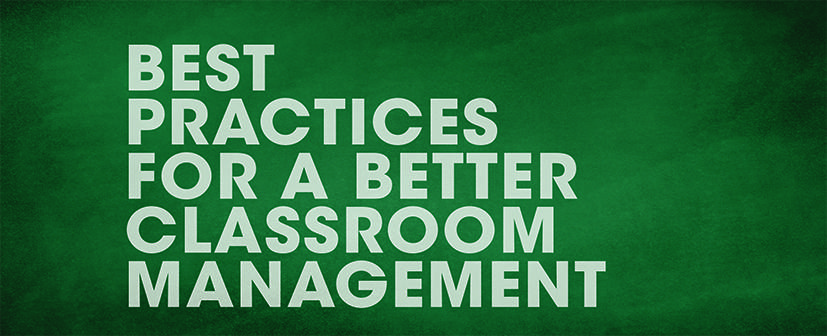
Classroom management strategies are essential elements used by teachers to assist students in being more organised, thoughtful, disciplined as well as being more academically productive. Most importantly, these strategies impact teacher’s ability to be effective.
In order to maintain a well-mannered classroom, there are some approaches that can be taken. These include enhancing the quality of life of the students and the staff in class. Classroom plays a great role in the development of a student. So, teachers should have control in their classes at all times and create an efficient learning environment for students by a positive attitude, happy facial expressions, encouraging statements, the respectful and fair treatment of students. Students will be more motivated to learn when teacher uses flexible means of groupings for learning activities based on learning needs.

Classroom climate can be improved by displaying the students’ works on the classroom walls. This can encourage students in their own work and motivate them. Students feel more invested in their learning if they are involved in visual or aural learning and encouraged in healthy competition. Sometimes extrinsic rewards can actually pamper motivation, improve academics and encourage students to repeat positive behaviour. In the beginning of class, the teacher must establish firm procedures and clear guidelines on which behaviours and activities are permissible in the classroom.
By establishing firm procedures in the classroom, the teacher will be more likely to be consistent, through consistency a well-managed classroom will be set and there will be less probability of disruptive behaviour. Before each assignment, teachers should give clear and specific instructions for the task. The more organised the teacher is, the more opportunities there are to focus on teaching and learning.

This will help the students respect schedules and work within designated time frames. Although teachers do best to establish and maintain a positive classroom space for students, conflicts may arise. Teachers should quickly and calmly acknowledge the intensity of the situation, explain what kind of behaviour is not acceptable and encourage the student to generate solution to the problem. One of the most effective interventions in the classroom is focusing on building relationships. If there are any negative interactions left unaddressed, students may feel disengaged and be less willing to participate in activities. When students feel a greater sense of belonging, they are more likely to demonstrate positive behaviour. So, building healthy student-teacher relationship is essential to a thriving classroom culture, and even sets the stage for academic success.
